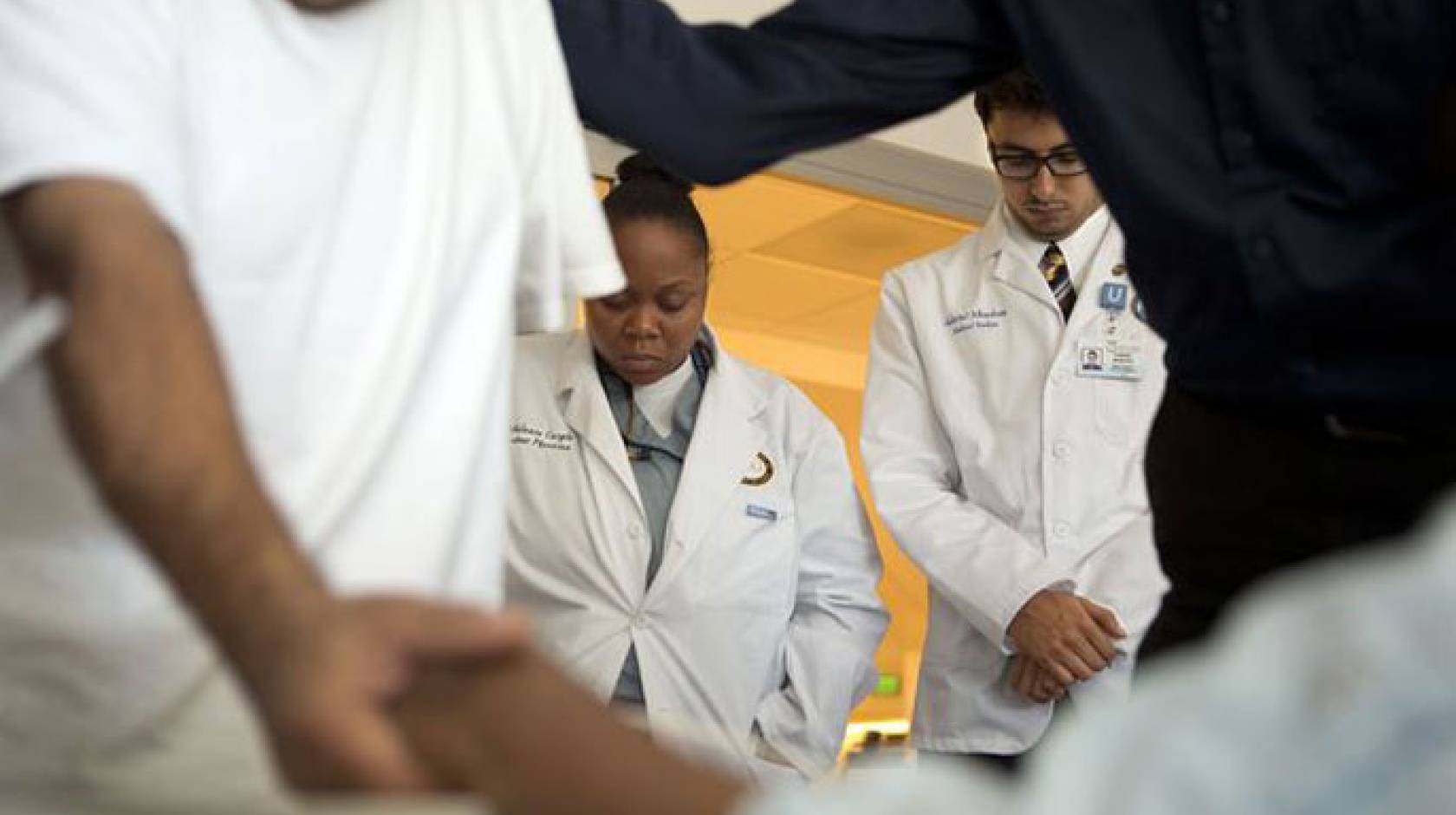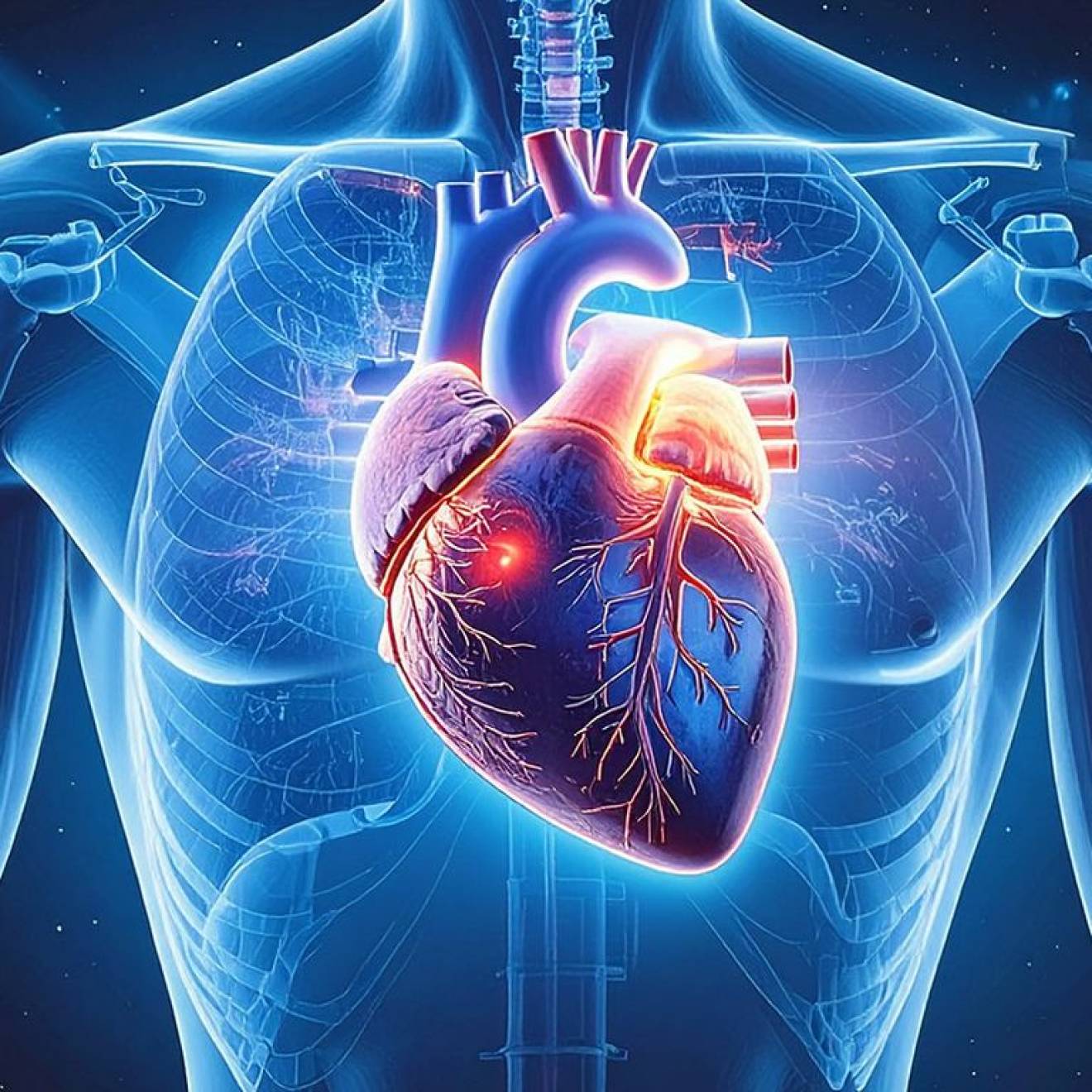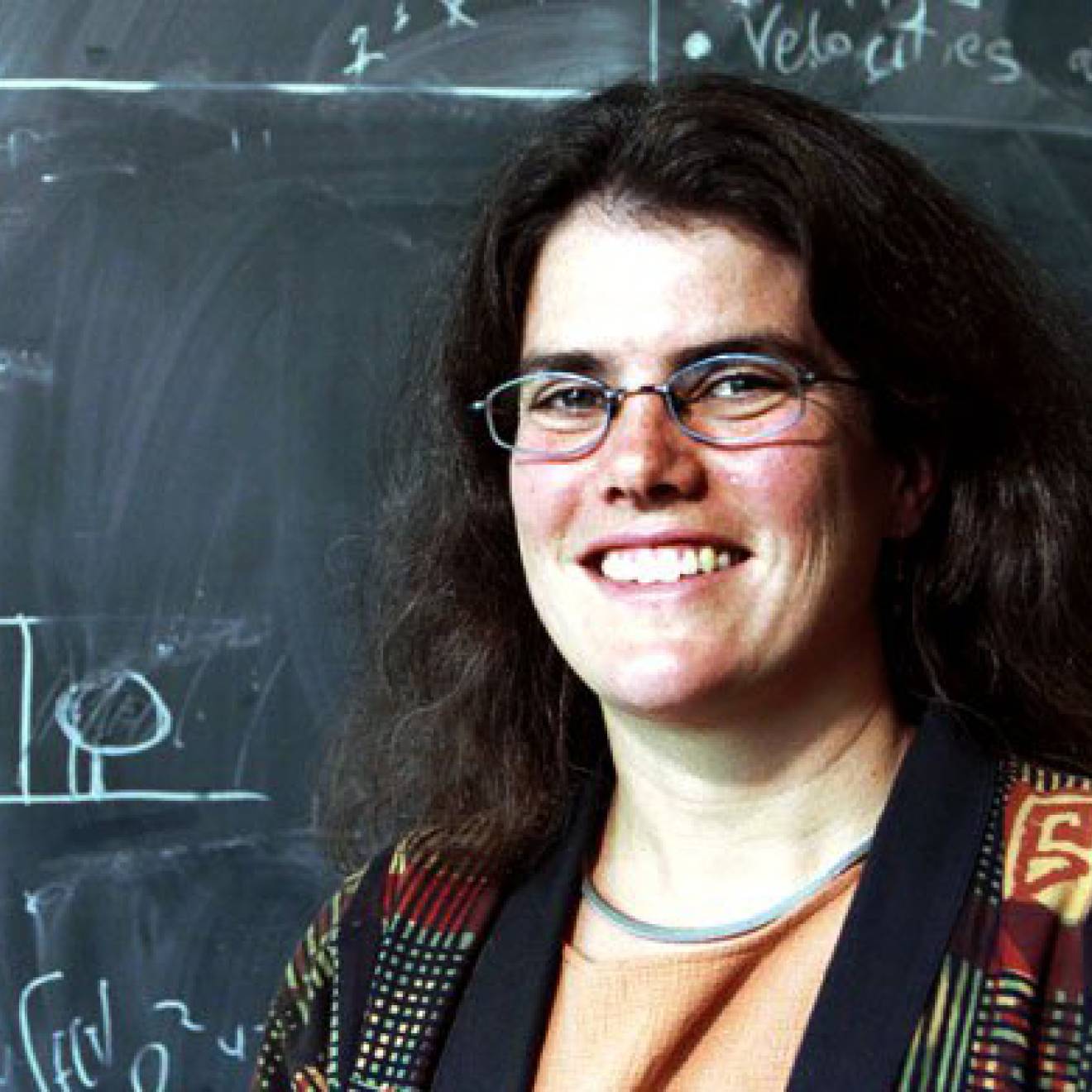Marina Dundjerski, UCLA

The patient’s eyes lift and brighten when Chaplain Andrew Couch walks into her room at Ronald Reagan UCLA Medical Center. Her smile is small and tight, but a smile nonetheless. The woman has been in the hospital for nearly two months, waiting for a liver transplant.
“How are you feeling today?” Chaplain Couch asks.
“Today is a difficult day,” her husband quickly responds. He has rarely left his wife’s side since she was hospitalized. “We are strong and trying to keep positive,” he says.
“Why is it a tough day?” Chaplain Couch asks, looking to engage directly with the patient. It’s clear he has developed a strong rapport with the couple during his frequent visits, and today he senses more emotional distress than usual.
“It’s the waiting,” she says. “It just takes so long.” With that, she breaks down and sobs.
“Why the tears?” Chaplain Couch asks in a comforting tone when her tears subside. She says she wants to go home and feels trapped in her room. Although she has been given permission to go outside, she has chosen not to.
She’s afraid that if she does go outside, the patient confides, “I would want to keep walking and not come back.” Chaplain Couch talks to the woman and her husband about their faith, and later he asks if they would like to pray with him. They welcome his offer, and the three gather together in a circle. Afterward, the patient’s husband tells the chaplain: “When you come in and pray with us, it gives us a sense of reassurance and hopefulness in our hearts.”
Such meetings with patients are delicate and usually private, taking place beyond the eyes of medical staff. But on this day, two first-year students in the David Geffen School of Medicine at UCLA — Melanie Cargle and Gabriel Mendoza — join Chaplain Couch for a rare glimpse into the role that spirituality plays in patient-centered care. They are participants in UCLA’s Doctoring 1 course, which requires first-year medical students spend time with a chaplain on his or her rounds.
This also is the pair’s first interaction with a patient, and the visit catches them off-guard. They are visibly moved — Cargle discreetly wipes away a tear when the patient starts to cry. “I can only imagine what she’s going through,” the medical student says later. “She has the option to stand up and walk outside and feel the breeze, but there are strings attached. It’s almost like a prison, and Chaplain Couch and God are her liberators.”

Credit: Ann Johansson/UCLA
Before entering the room, Chaplain Couch spoke with the two students about what they might see and hear. Both students bowed their heads slightly, standing outside the intimate circle, as he prayed with the couple. Afterward, the students briefly talked with the couple. “For them, the spiritual care was as important — or perhaps more important — than the medical care,” Mendoza later reflected in a personal essay he wrote for Doctoring 1. “From their verbal and nonverbal display of gratitude, it was clear that Chaplain Andrew had been a crucial part of their care at the hospital.”
For more than 15 years, UCLA medical students have participated in chaplain rounding, spending a half-day shadowing a chaplain as he or she meets with and comforts patients. The experience, the students say, is eye-opening, if not life-changing. Participation in the rounds and writing a short reflection on their experience are a mandatory part of their doctoring course — a unique feature of UCLA’s curriculum that opens a window on how other forms of care contribute to healing.
“Chaplain rounds are an extraordinary opportunity for medical students in their first year to put human faces and human stories to the illnesses and diseases they are learning about,” says the Rev. Karen Schnell, director of UCLA’s Department of Spiritual Care. “As the chaplain explores the impact and meaning of the patient’s diagnosis on that person’s life, spirit and soul, the medical students cannot help but be profoundly affected as they observe.”
While Chaplain Couch meets privately with a patient who requests a one-on-one visit, the medical students take a breather in the corridor. Cargle is the daughter of a pastor, and she grew up going to church four to seven times a week. She says she is spiritual but no longer religious, and she initially viewed this assignment as “a burden or annoyance that I was required to check off of my weekly to-do list.”
But her preconceived notions dissolved this day with her first patient encounter. “I never thought a doctor would, like, write a prescription for a chaplain,” Cargle says. “But Rev. Couch told us to use him like a tool in our tool bag — like medicine to take care of that emotional/spiritual side that so many people rely on through difficulty and adversity. It’s like, ‘Give me 55 ccs of Rev. Couch stat!’”
Having students shadow the chaplain during rounds appears to have a profound effect on the students going forward. “Hearing the chaplain-patient conversation often elicits compassion for the patient in the medical student,” Schnell says. “The overall experience reinforces the first-year medical students’ internal determination to give compassionate care in their calling as physicians.”
The next patient on Chaplain Couch’s rounds is a man who has received a liver transplant and is hoping to be released soon from the hospital. However, a rare complication has come up. “I know whatever happens, I am at peace,” he tells the chaplain, whom he is meeting for the first time. They then pray together, and the patient asks Chaplain Couch to come back the next day.
“I realized that the healing these patients needed in those intimate moments could never come from a doctor,” Cargle later writes in her personal essay about the day. “The chaplain is perhaps the only person that the patient can truly be honest with, because they are the right balance of ‘Keep fighting’ and ‘What will be will be.’ They straddle the line between family friend and perfect stranger. If we are to treat patients holistically, then chaplains must be like balms of Gilead and indispensable resources to the field of medicine.”
Read the complete story, The Balms of Gilead," in the Summer 2016 issue of U Magazine, a publication of UCLA Health and the David Geffen School of Medicine.

